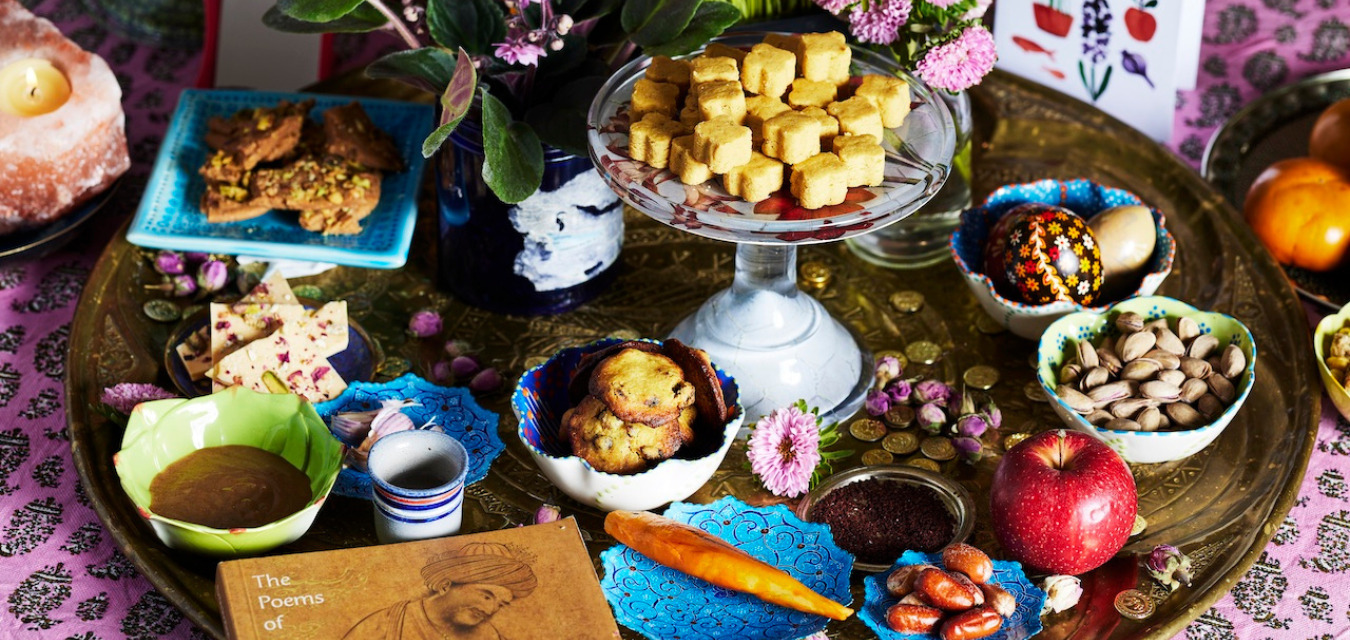Louisa Shafia invites us into her Nashville home to share the season of rebirth and get a taste of the Iranian holiday marking the start of spring
In my house in Nashville, there is a cabinet by my desk where I keep the decorations for the holiday of Nowruz, the Iranian New Year. Come March, I reach in and pull them out, one by one: plastic gold coins that say “happy new year” in Farsi; delicately painted eggs from Ukraine; shimmery marzipan goldfish from an Italian bakery in Brooklyn; a metallic dish etched with an Islamic star-and flower pattern for holding sprouted wheat and lentils. These are the symbols that guide me every year in the ancient rite of syncing with the rhythms of nature.
Nowruz, which translates to “new day” in Farsi, falls on the spring equinox, usually March 21. The holiday is all about celebrating the return of nature after the long dormancy of winter.
The color of Nowruz is green, for the shoots and buds that begin to appear when the earth rotates closer to the sun and the chill of winter finally starts to subside. Think of the way people dress in pastels in the spring to mirror blooming flowers.
In the Nowruz tradition, you immerse yourself in the blooms, bringing flowers and herbs into your home, eating them, and even sprouting wheatgrass and legumes to mimic the blossoming that’s happening outside. I always think the celebration of Nowruz is one big pep rally for nature.
I didn’t always have such a close relationship with this holiday. In fact, there were decades when I forgot about it altogether. That all changed when I started researching my cookbook on Iranian food, The New Persian Kitchen (Ten Speed Press, 2013), and realized how beautiful and life-affirming it is to practice this Persian tradition that dates back at least 2,500 years. But it took a while.
My father, who died in January of this year, immigrated to the US from Iran in the ’60s, but growing up in Philadelphia, I didn’t feel any connection to where he came from. There were no other members of our family in this country yet, and for reasons I still don’t fully understand, my father did everything he could to hide the fact that he was from Iran. It only got worse after the 1979 revolution and subsequent hostage crisis, when he started telling people that his heavy accent was German, and changed his name from Mohammad Hassan to the more neutral “Hass.”
But Nowruz overcame even my father’s distaste for the old country. When I was little, our family would make an annual Nowruz pilgrimage to a banquet hall in the suburbs. Throughout the year it seemed like my father was the only Iranian for miles around, but here were what seemed like thousands: doctors, engineers, students, and families. Most had come after the oppressive Islamic regime forced people to flee in large numbers, and everyone wanted to be together for Iran’s most widely celebrated holiday.
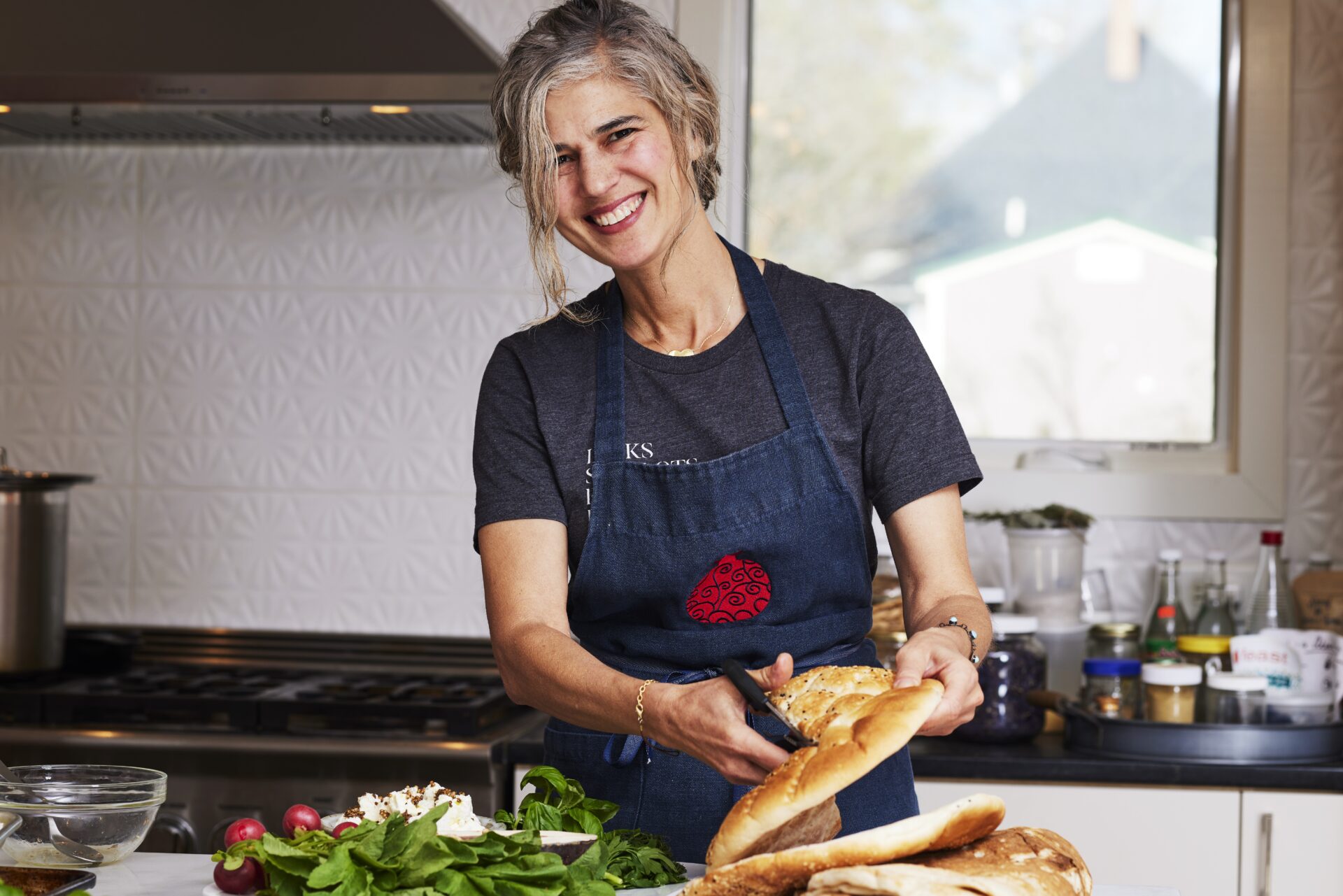
I was just a tot at these events, so everything in my memory is giant-sized. I recall long tables of food and shining platters piled high with rice. Rice is celebration food, so there would have been a variety of polos, which are fluffy pilafs studded with dried fruit and nuts; the star would have been sabzi polo, rice cooked with saffron and mounds of fresh green herbs in honor of the season. There would have been fish—mahi—fried or smoked, and verdant kuku, an egg frittata cooked with herbs.
I imagine that I and all the other children staked out the grand dessert table, more like an installation, bedecked with all manner of colorful shirini, or sweets. These would include deep-fried, syrup-dipped zulbia and bamieh pastries, Persian-style baghlava with almonds and pistachios, and cream-filled roulette cake scented with rosewater.
The experience stayed with me. At around age 30, while cooking at restaurants in San Francisco, I became curious about Iranian food and my own connection with it. It was this memory of attending Nowruz celebrations that gave me a tiny foundation to build on.
By this time, many of my Iranian cousins had also moved to the US, all to California, so for the first time ever I got to celebrate the holiday with my beloved extended family. I didn’t know much about Persian food yet, but I had the sense that I had stumbled onto something magnificent, a treasure chest of age-old ingredients and ideas, and it belonged to me.
THE NOWRUZ TABLE & THE SEVEN S’S
These days, I love the yearly ritual of cooking the herb-rich dishes of Nowruz and decorating the table, a kind of altar, called a “sofreh-ye haft seen,” table of seven s’s. These are seven foods that begin with the letter “s,” each of which represents a force for good or a quality of a satisfying life. Every table varies a bit, and there are many additional auspicious items that people can include, like goldfish and candles, but here are the seven traditional must-haves for the Nowruz table:
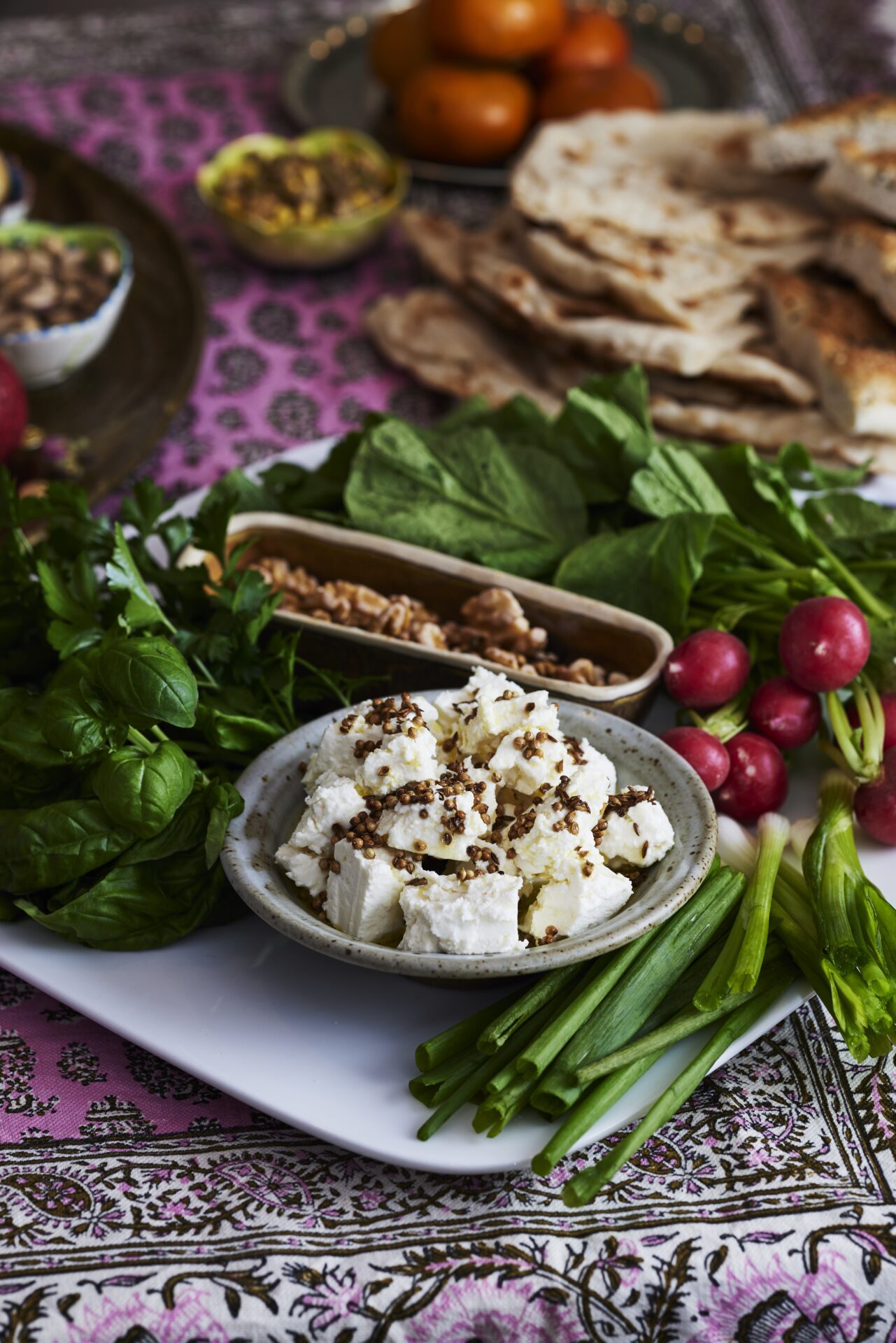
✤ Garlic (seer) for medicine
✤ Green herbs (sabzeh) for rebirth
✤ Sumac (somagh) for sunrise, and the victory of light and goodness over dark
✤ Vinegar (serkeh) for longevity and patience
✤ Dried lotus fruit (senjed) for love
✤ Apple (sib) for health and beauty
✤ Sprouted wheatgrass pudding (samanoo) for abundance
Like a menorah at Hanukkah, the haft seen is a physical object that helps to explain the meaning of the holiday and bring it to life. On the first night of Nowruz, people put dishes of pretty shirini on the sofreh, so when it’s time for dessert you eat them right from the altar. I like how the haft seen is interactive and its elements are meant to be picked up and touched.
The sofreh is beautiful, but the broader meaning of the holiday is universal. Nowruz is about being reborn along with the natural world. The new year is a chance to leave behind everything that’s wrong and rotten from the old year and start fresh. To that end, it’s customary to make amends with enemies, buy a set of new clothes, and do khāneh-takānī, or “shaking the house.” This involves all of the classic spring cleaning rituals but with the uniquely Iranian distinction of shaking out our beloved Persian carpets.
Nowruz dates back to Zoroastrianism, a religion of duality where good and evil, light and dark, are in constant battle. The reason you scour is to wash away rot, pain, and stale energy; evil cannot thrive in a space that’s clean and cared for.
On the 13th day after the start of Nowruz, you take your once-green wheatgrass sprouts, now brown and stale, and throw them into moving water along with all you want to leave behind from the old year.
I happen to live within walking distance of the Cumberland River. I like to walk down to the scenic overlook and toss in my sprouts, as far out as I can, watching until the mild current finally carries them off. I give thanks to my ancestors, who now include my father, and ask the powers that be to take away anything I no longer need. It’s a ritual worth repeating every year.
Four Recipes for Celebrating Nowruz
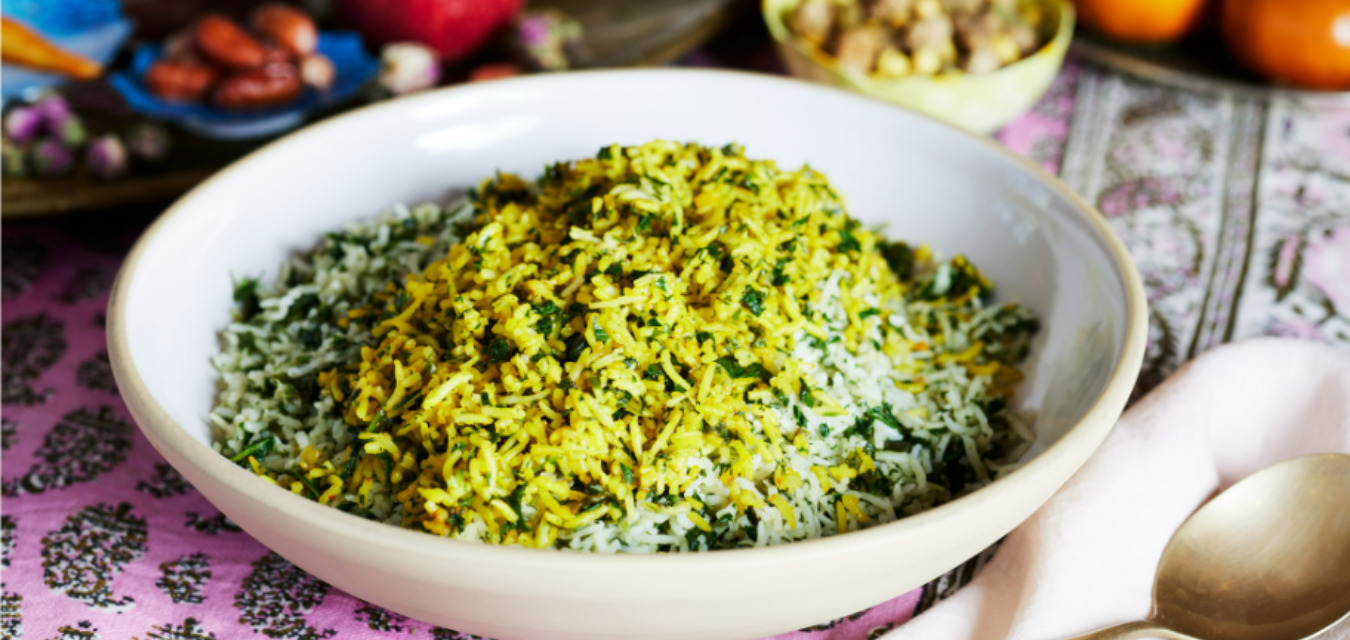
This is a staple of Iranian cuisine and comes with a simple and quick recipe that can be added to any meal plan. Packed with leeks, dill, parsley, and saffron, this rice is definitely something special. But what really sets it apart is the damkoni technique used to make it.
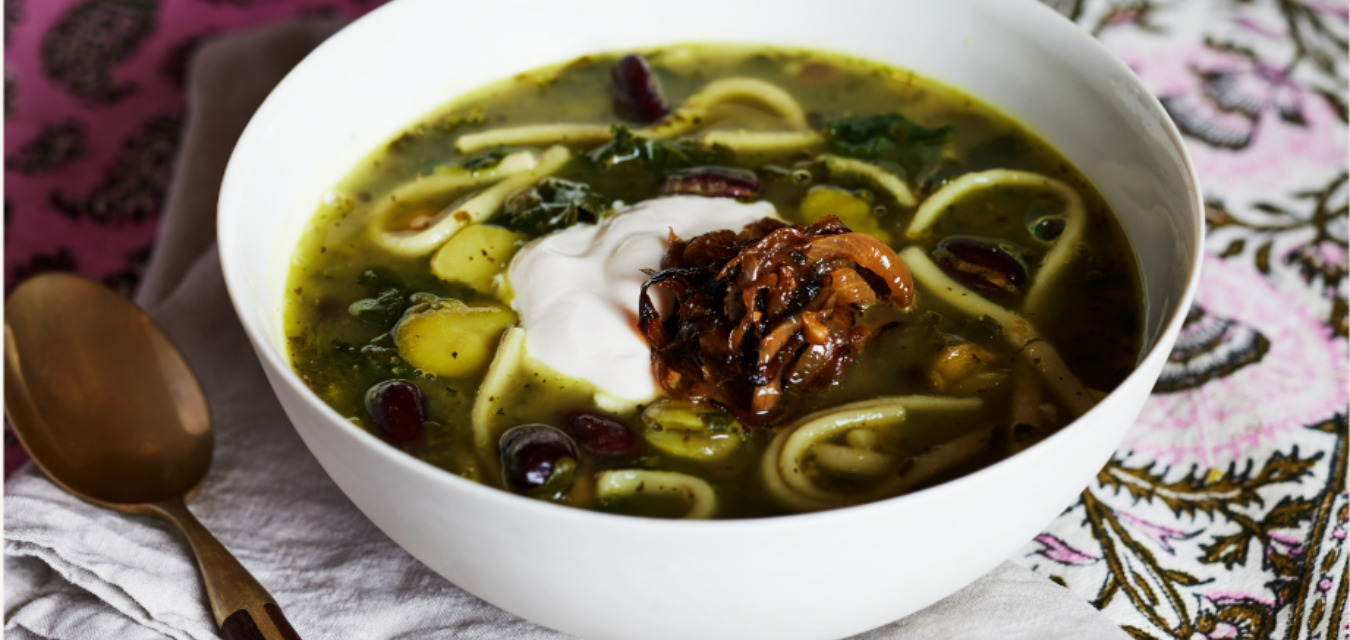
Ash Reshteh (Bean, Herb, and Noodle Soup)
Topped with caramelized onions, robust garlic, dried mint, and creamy-sour kashk, this earthy and bold soup is a true crowd-pleaser. The smell of the mint and dill melding as the soup simmers makes our stomachs rumble every time.
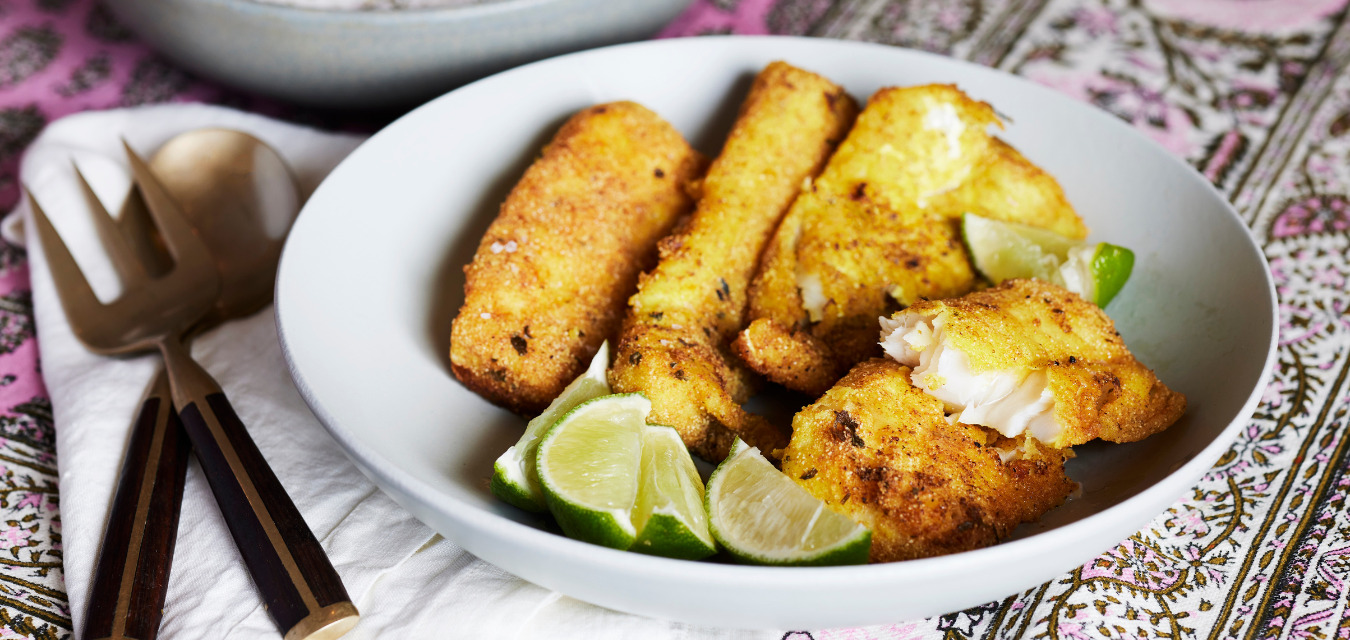
Crispy Fried Fish with Turmeric and Herbs
Bite through the crispy fried shell to find the soft and turmeric-spiced interior. The lime’s sharp tartness and refreshing herbs balances with rich spices and crackling fried shell.
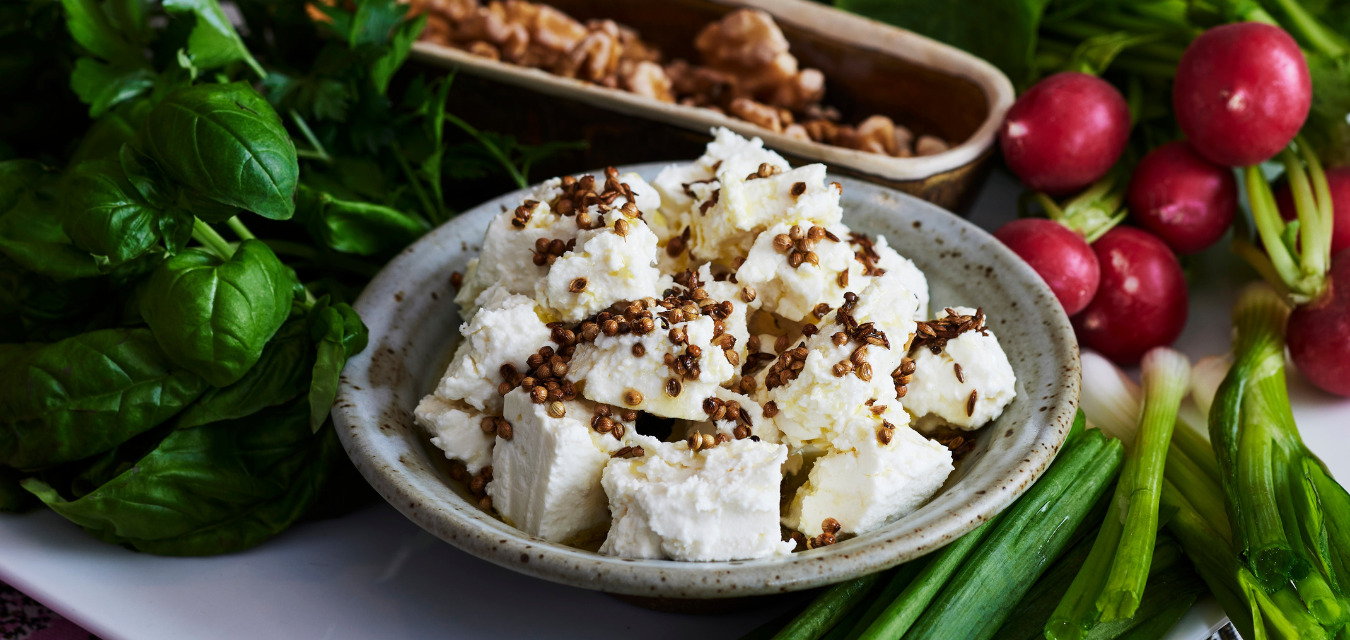
In the mood for something fun, fresh, colorful, and delicious? Flaky flatbread wrapped around herbs, scallions, crunchy walnuts, and a chunk of salty feta is just the thing for the upcoming summer.
share
trending content
-
6 Things to Do Beyond Golf in Pinehurst
by TLP's Partners -
Charlottesville, Virginia Named Wine Region of the Year
-
A New Home for Lazy Betty
by Lia Picard -
Will Travel for Southern Food
by TLP Editors -
In the Spirit: Never Say Die Bourbon
by Amber Chase
More From Dining Out
-
A Treasure Trove from Cheryl Day
-
Adrienne Cheatham Cooks Up Her Sunday Best
-
Belinda Smith-Sullivan Talks Soul Food





